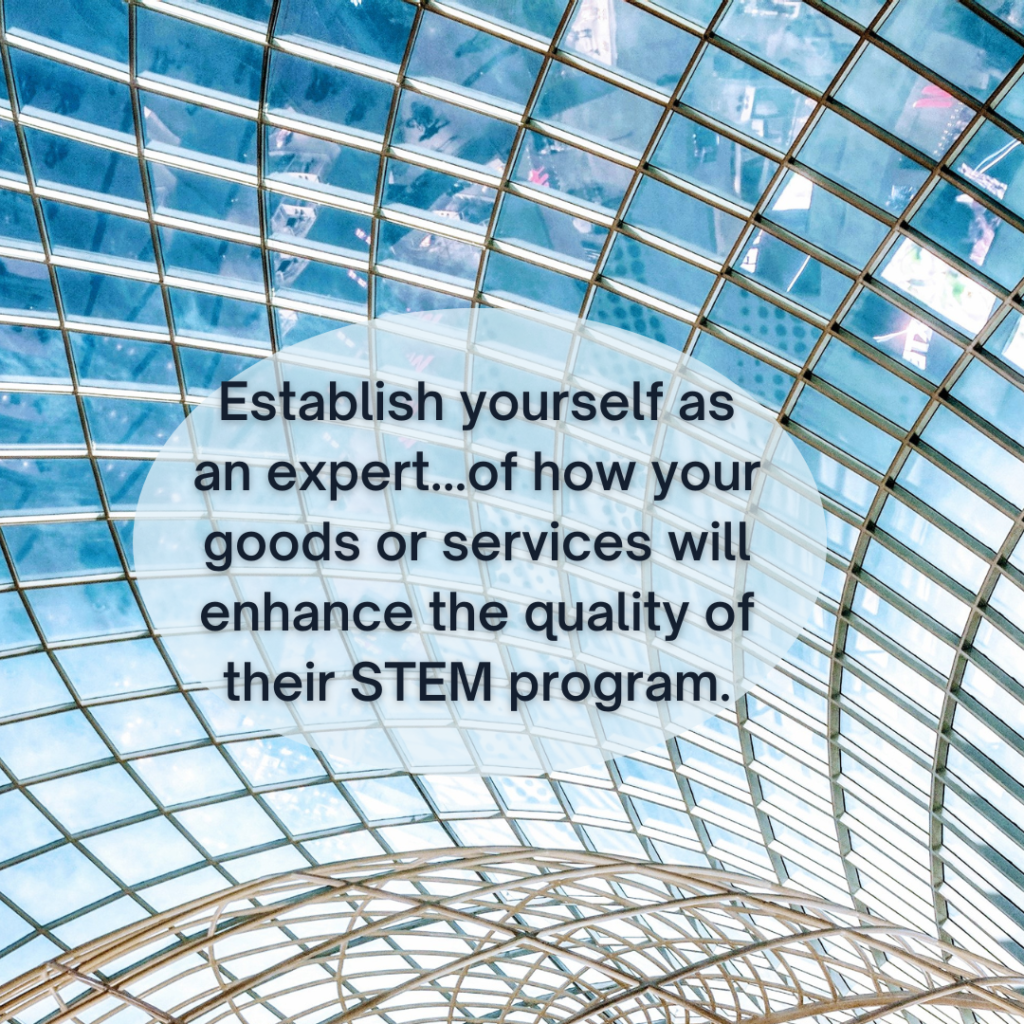One area of education in the United States that has gained quite a bit of attention in science, technology engineering, and mathematics (STEM). Globally, the American school system is behind in this type of education. A 2017 study of graduate students showed that foreign nationals accounted for 81 percent of electrical and petroleum engineering, 79 percent of computer science, 75 percent of industrial engineering, 63 percent of mechanical engineering, and 59 percent of civil engineering enrollees.
In order to make gains in these areas, school districts are now incentivized to ramp up their programs. In 2018, the U.S. Department of Education published a strategic plan that would increase STEM education across the U.S. over the next five years. The idea is to start kids young and set them on a trajectory toward STEM higher education. As the U.S. strives to catch up and schools work to incorporate a more comprehensive STEM curriculum, they’ll need to purchase resources to make that happen, which means an increased number of technology RFPs and technology vendors from public schools.
Here are a few things to consider when responding to an RFP or STEM Services:
Computers – Computers are a cornerstone of STEM education. As government procurement agents in education look to get the best deal, vendors have an opportunity to be a strategic partners in this process. Not every buyer will be a computer expert. Help them identify the needs of their students and why you’re in the best position to help long-term as their STEM program grows and changes. Do you offer incredible support or strategic partnerships with other providers? Make sure to include all benefits and detail why those features are valuable to the future of their STEM program.

Wet labs – Setting up a brand-new wet lab on campus can be a big challenge for a procurement agent. When bidding on wet-lab inquiries, be sure to include all necessary supplies for students and go above and beyond with offerings for greater accessibility, safety, and perhaps remote learning. . By including all items that the school will need to get their program running, you’ll stand out as an expert and catch the attention of procurement agents.
STEM kits – STEM kits are a growing request, particularly for elementary education. Depending on the grade level, these kits often contain building materials such as blocks, simple machine sets, magnets, measurement devices, and even basic robotics projects. If you’ve compiled kits, include reasoning why you’ve selected each item so that procurement agents can understand how they relate to STEM development and new skill-building at each stage.
Be empathetic
Government procurement agents may not have an education or STEM background and as a result, might not anticipate all the needs of students and their learning environment when making a technology RFP. Establish yourself as an expert resource by making sure your bid includes the educational benefits of each item suggested, as well as thoughtful items and explanations of how your goods or services will enhance the quality of their STEM program.
Have you won a STEM contract recently? What did you learn? Why do you believe you were chosen? Share your story with interested government buyers at hello@demandstar.com, and sign up for our newsletter to stay up to date.